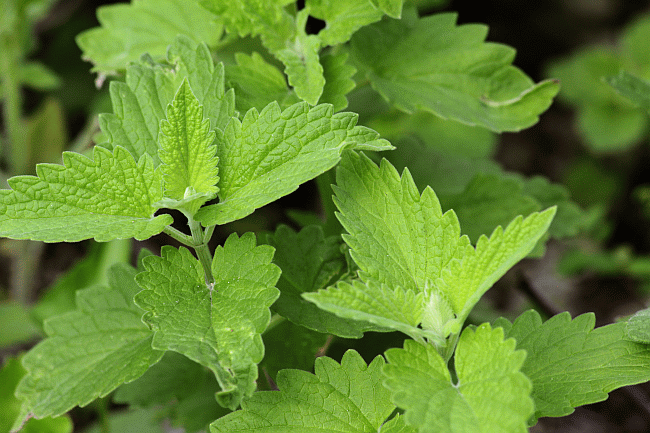
Anytime you are reading about caring for cats, training or playing with kittens, the word “Catnip” will often appear. For those unfamiliar with the botanical side of life, Catnip is not just a well-named product marketed for cats. It is not a cat treat, or irresistible cat food blend. Catnip is a natural plant in the mint family of herbs. In this plant is an essential oil called nepetalactone, which when crushed, is known to have a potent effect on felines as they breathe it in. Though scientists aren’t certain why exactly cats seem to go crazy or get loopy around nepetalactone, they believe that the oil is similar to positive feline hormones, which make a cat want to play with it or rub their face in the Catnip.
What is Catnip used for?
Cats are naturally independent creatures that like to call the shots in their lives. For this reason, Catnip becomes a very helpful tool in training and playing. When a cat owner wants to train a cat to use a litter box, or sleep in a certain bed, or play with a new toy; Catnip will attract the cat right to the place of interest. He will positively associate the box/bed/toy with “happy” feelings. This is also helpful as an owner is trying to entice the feline to new cat furniture, or to the right carpets he can scratch. This is a great way to entice a cat away from curtains and couches, and lead him to the places where he is welcome to romp, scratch and play.
Is Catnip safe?
Contrary to suspicion, Catnip is not harmful, nor does it make kitties “high” as some have argued. The herb is not addictive and it does not have any negative effects on the cat; after a few minutes of being exposed to Catnip the effect will wear off. In rare circumstances where a cat is exposed to large portions of Catnip, he will return to his normal self once he is washed to lessen the scent. Aside from occasional over exposure, there is nothing to worry about- so play away!

